Creator’s Case Study | Justin Woehrle “Psychose”
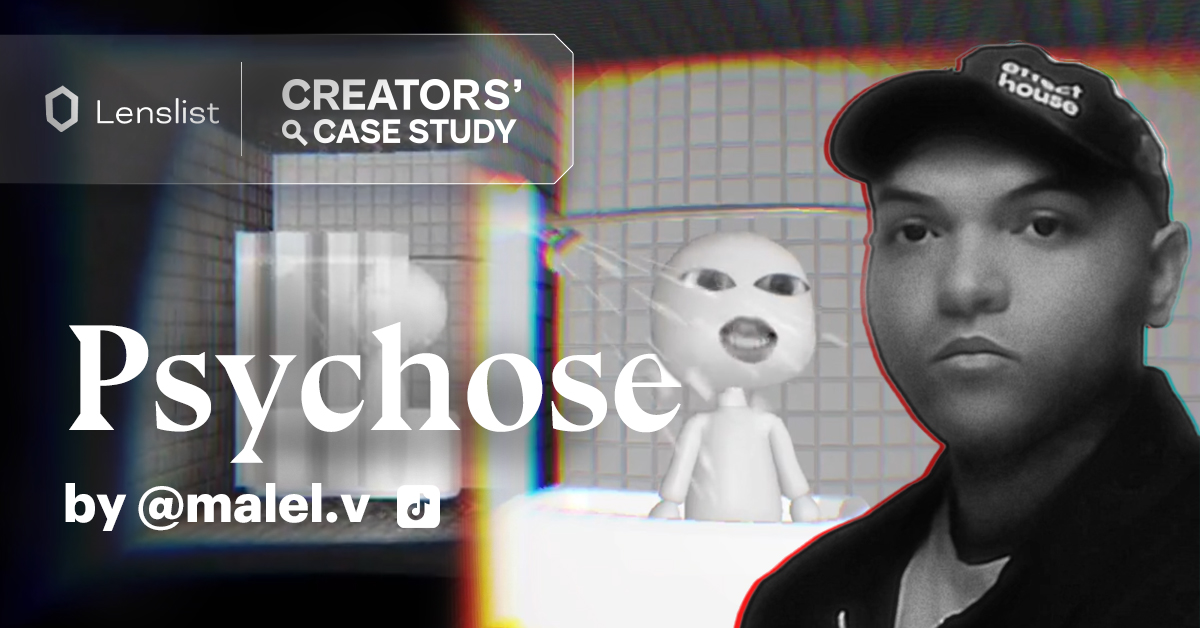
Have you ever wondered what can lie behind a work of ARt? 🖼️ It’s not merely about creativity – it involves a series of accompanying events, inspirations, and preparations… And here is an example of such an exceptional case, where Justin Woehrle, who is already well-known to some of you, crafted something extraordinary and thought-provoking within a mere 3-day span! 🤯
Today, we invite you to discover the unfolding of his creation, the underlying concept, and the wellspring of inspiration that drove him! 👀 And we’re pretty sure you will find your meanings there too! 👤
P.S. Justin went the extra mile to ensure it wasn’t just spooky, but an enjoyable and captivating experience! So let’s take a moment to appreciate this spontaneous, yet thought-out sophisticated project, as such endeavors, fueled by soul and profound ideas, ignite our passions just like the most awe-inspiring, long-prepared masterpieces! ✨
by malel.v
The Idea Behind The Effect
I would like to thank Lenslist Team for giving me the opportunity to present my AR Case Study.
The idea to create this filter came from Hitchcock’s film Psycho, a cinema classic that deeply impacted me. I decided to undertake this project to participate in a competition organized by Effect House and the Cannes Film Festival. The filter pays tribute to an iconic scene from the movie, the murder of Marion Crane in the shower. My goal was to offer users an immersive and somewhat eerie experience while keeping it enjoyable.
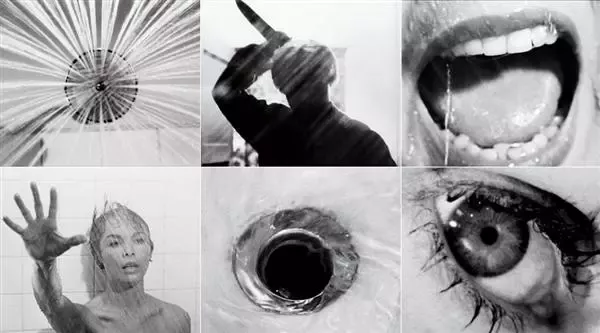
Preparing The Concept
Having prepared the project just three days before the contest deadline, I didn’t have time to create detailed plans or sketches. I jumped right into work, opting for a simple and quick modeling approach to make the most of the available time.
Regarding the scene I wanted to portray, it was challenging to depict it literally while still adhering to Effect House’s guidelines. Therefore, I decided to modify some details and omit others, favoring a cute, video game-like character that could appeal to children. My goal was to make the filter accessible to everyone, regardless of age or taste.
While designing this filter, I aimed to empower users to tell their own stories rather than being restricted to follow the one that inspired me. I wanted them to make the filter their own and create unique narratives, enabling them to express their creativity in a fun and interactive way.
Creative Process
To create this effect, I followed several steps using different tools and software. First and foremost, I utilized Blender for 3D modeling the necessary elements for the scene. This software allowed me to create and animate the objects to achieve the desired effect.
For the tile texture, I relied on BlenderKit, using a pre-defined material that streamlined and expedited the creation process. This approach enabled me to achieve a realistic look for the scene’s tiles.


Next, to create the water texture flowing from the shower, I worked with Photoshop. I employed various layering techniques and effects to achieve the fluid and realistic appearance of the water.
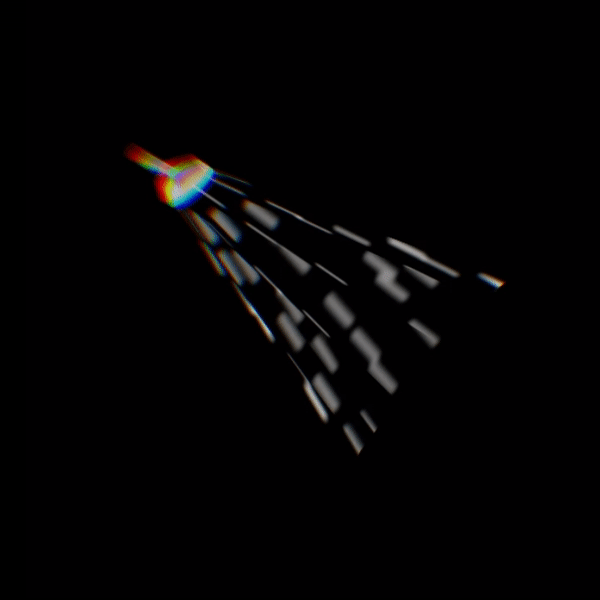
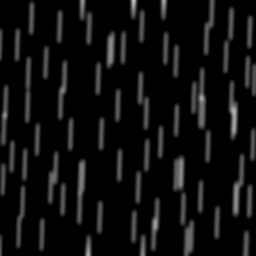
One of the greatest challenges of this project was to successfully retransmit the lighting ambiance of the iconic scene from Psycho. Capturing the right lighting effects was crucial in conveying the eerie atmosphere, and I had to experiment with different lighting setups and settings to achieve the desired mood.
Throughout the development process, I reached significant milestones, including the successful 3D modeling of the main elements and the addition of realistic textures that brought the effect to life.
In summary, I used Blender for 3D modeling, BlenderKit for the tile texture with a pre-defined material, and Photoshop for the water texture. The challenge was not only to create a filter that respected the contest guidelines and offered an immersive experience but also to faithfully recreate the atmospheric lighting of the original scene, allowing users to tell their own stories.


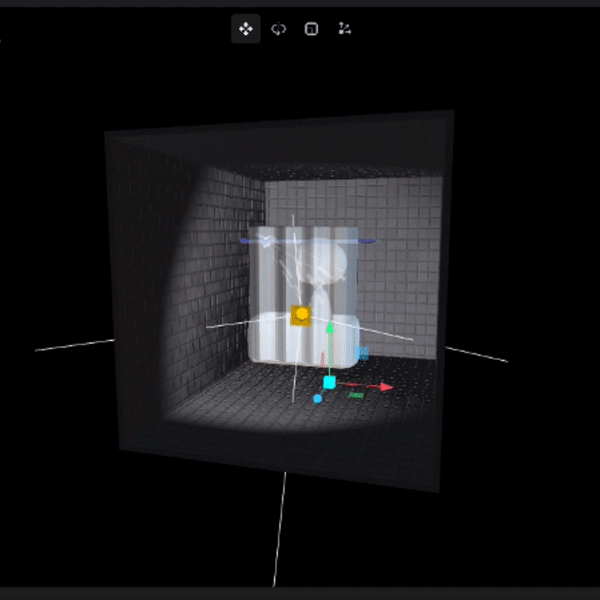
Results
Conclusion
In conclusion, I am pleased to say that the filter has met my expectations and vision. Despite the time constraints and challenges, I believe I was able to create an effect that pays homage to the iconic scene from Psycho while staying within the guidelines set by Effect House. By prioritizing accessibility and creativity, I aimed to offer users an engaging and interactive experience.
Throughout the process, I predominantly relied on my existing knowledge and skills to bring this project to life. Leveraging tools such as Blender for 3D modeling and animation, BlenderKit for texture creation, and Photoshop for additional enhancements allowed me to develop the desired aesthetic and atmosphere. Moreover, in striving to recreate the lighting ambiance of the original scene, I was able to skillfully leverage the tools provided by Effect House, particularly its lighting features. Effect House offered a range of options that allowed me to create a coherent and immersive lighting atmosphere. Through careful adjustments and experimentation, I successfully achieved the desired mood, ensuring that the filter stayed true to the essence of the iconic Psycho scene.
Overall, this experience has been both rewarding and enlightening. Not only did I successfully realize my initial vision, but I also expanded my repertoire of techniques, enhancing my proficiency in creating engaging filters. This project has inspired me to continue exploring new avenues in filter creation and to further refine my skills in bringing captivating experiences to users.
These were truly comprehensive answers that revealed many amazing mysteries hidden behind the process of creating the PSYCHOSE effect! 🚿
Thank you, Justin, for sharing all the details with us! 🤩 Once again, we realized that designing an AR experience is a complex and thoughtful process, requiring no less depth than other forms of art! 💎
